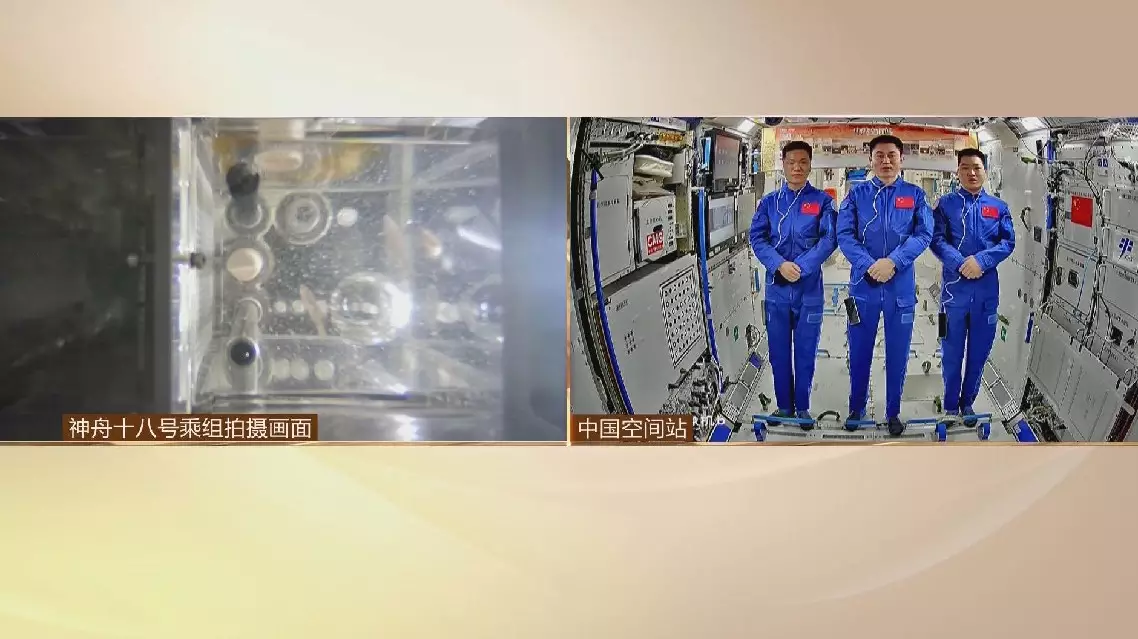More than 52,000 Lebanese citizens and 125,000 displaced Syrians have crossed into Syria since the onset of Israeli military actions last week, according to a source from Syria's General Directorate of Migration and Passports.
The United Nations High Commissioner for Refugees (UNHCR) is mobilizing resources to address the influx of refugees, a UNHCR official said on Monday.
Ambrose Chiu, senior repatriation officer of UNHCR in Syria, confirmed at the Jdeidat Yabous border crossing, located in the countryside near Damascus, that the UN agency is actively collaborating with the Syrian Arab Red Crescent to provide immediate assistance to incoming Lebanese refugees and Syrian returnees.
On the morning of Sept 24, UNHCR observed a significant number of people approaching the borders, with many arriving after traveling a long journey on foot. As the situation evolved, UNHCR teams quickly began offering basic support to the growing number of arrivals, Chiu said.
Lebanon, which has been grappling with ongoing tensions with Israel, has experienced a sharp rise in refugees fleeing the conflict.
The Syrian government has pledged to provide comprehensive support to facilitate the entry process for the incoming families.
Syria and Lebanon share approximately 375 km of border, with the Jdeidat Yabous crossing, known as the Masnaa crossing in Lebanon, serving as one of the five major routes between the two countries.

170,000 plus refugees pour into Syria in days
China's Shenzhou-18 crew have been carefully watching a small aquarium of fish in a novel experiment aboard the country's space station that the astronauts said is going smoothly.
The four zebrafish were brought into orbit by the Shenzhou-18 spaceship on April 26 and are now swimming in a tank containing just a few bottles worth of water in the Tiangong space station's Wentian laboratory module.
Using a plant called hornwort, the tank forms a miniaturized self-sustaining ecosystem. The hornwort conducts photosynthesis with LED light, sustaining the lives of the fish. Scientists on Earth designed the experiment to study how the space environment affects their growth and system balance, and they expressed hope that the fish may even lay eggs.
The three Shenzhou-18 astronauts, Ye Guangfu, Li Cong and Li Guangsu, are responsible for taking water samples and will collect any eggs laid.
"In space, we conducted the country's first in-orbit aquatic ecological research project, that is, raising fish in space. We observed the zebrafish growth in the space station, which have accompanied us for several months. As the mission requires, we have to carry out over 90 experiments and tests, and all of them are progressing smoothly," said Li Guangsu.
The experiment is the country's first in-orbit aquatic ecological research project, performed in cooperation with the Institute of Hydrobiology and the Shanghai Institute of Technical Physics of the Chinese Academy of Sciences.
The project aims to make a breakthrough in the cultivation of vertebrates in space and help decode more human genetic mysteries, as zebrafish share over 80 percent of genes with humans.

Shenzhou-18 crew share progress on self-sustaining fish ecosystem in space










